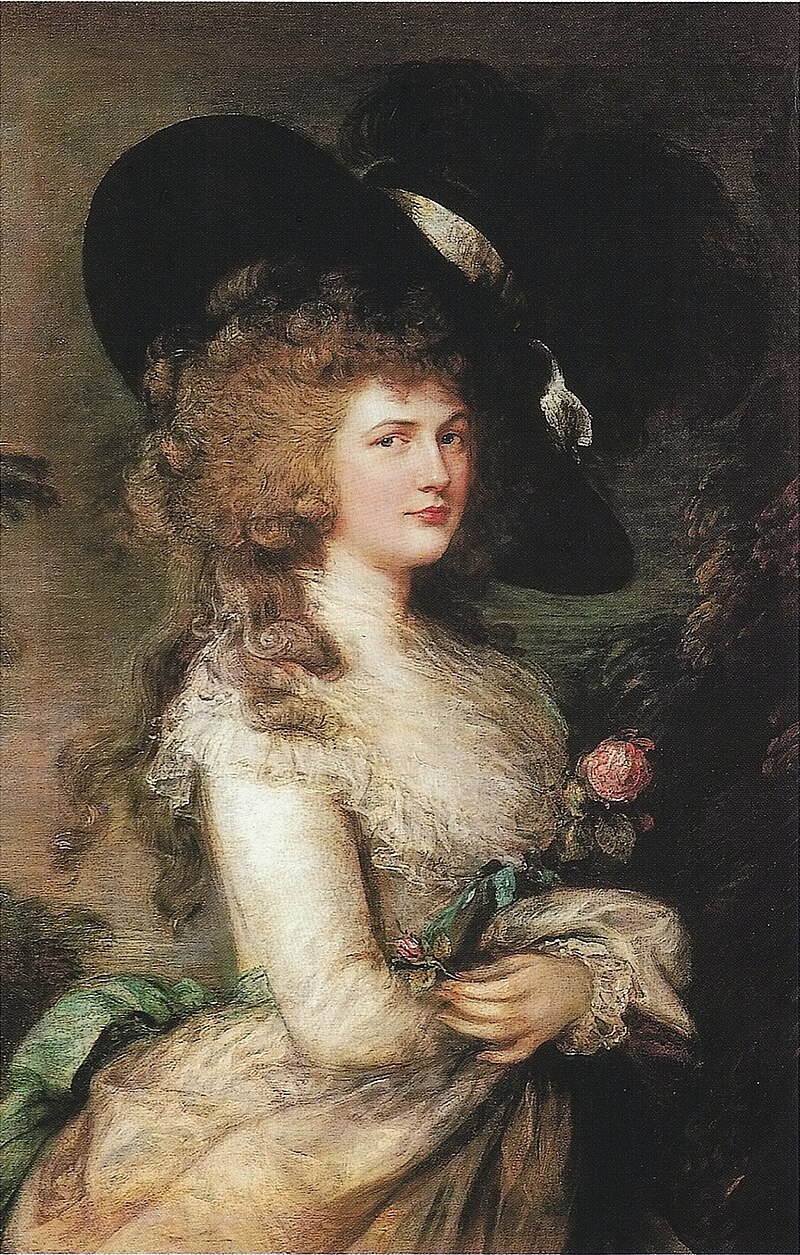Why Elizabeth Raffald's cake was labelled as 'Prussian' is difficult to say. Even French cuisine was not popular yet though recipes from abroad occasionally found their way in best-selling cookbooks. Prussia was also not yet on the spotlight, as it would be in the Regency era due to its involvement in the Napoleonic wars. More than a hundred years later, Pellegrino Artusi featured a number of 'German' cakes in Science in the Kitchen and the Art of Eating Well, including torta tedesca whose original version actually reminds a lot of the Elizabeth Raffald's Prussian cake. Of course, desserts of this quality would have been rare among middle class people in the late eighteenth century. Prussian cake was really extravagant.
The historic figure behind The Duchess -Georgiana Cavendish née Spencer- was also extravagant, if not charismatic. She had married the Duke of Devonshire at seventeen years old and had two children but no son at first, which the Duke looked very much forward to. (He also obliged her to and to live under the same roof with his mistress.) But her character and position enabled her to find happiness elsewhere. Not so much due to her looks as to her wit and pleasing manners, she became a general favorite. Around Georgiana Cavendish flocked a host of admirers. She had several lovers and notable friends, like Queen Marie Antoinette, and was especially gifted for politics, science and literature. She also had a weakness for gambling, accumulating huge debts. The 2008 film shows part of the lavish environment in
which the Duchess of Devonshire moved, including the family dinners. Though nothing is clearly stated or identified besides a pigeon, I wouldn't be surprised if the historic Georgiana Cavendish had actually enjoyed Prussian cake with her tea.


Comments